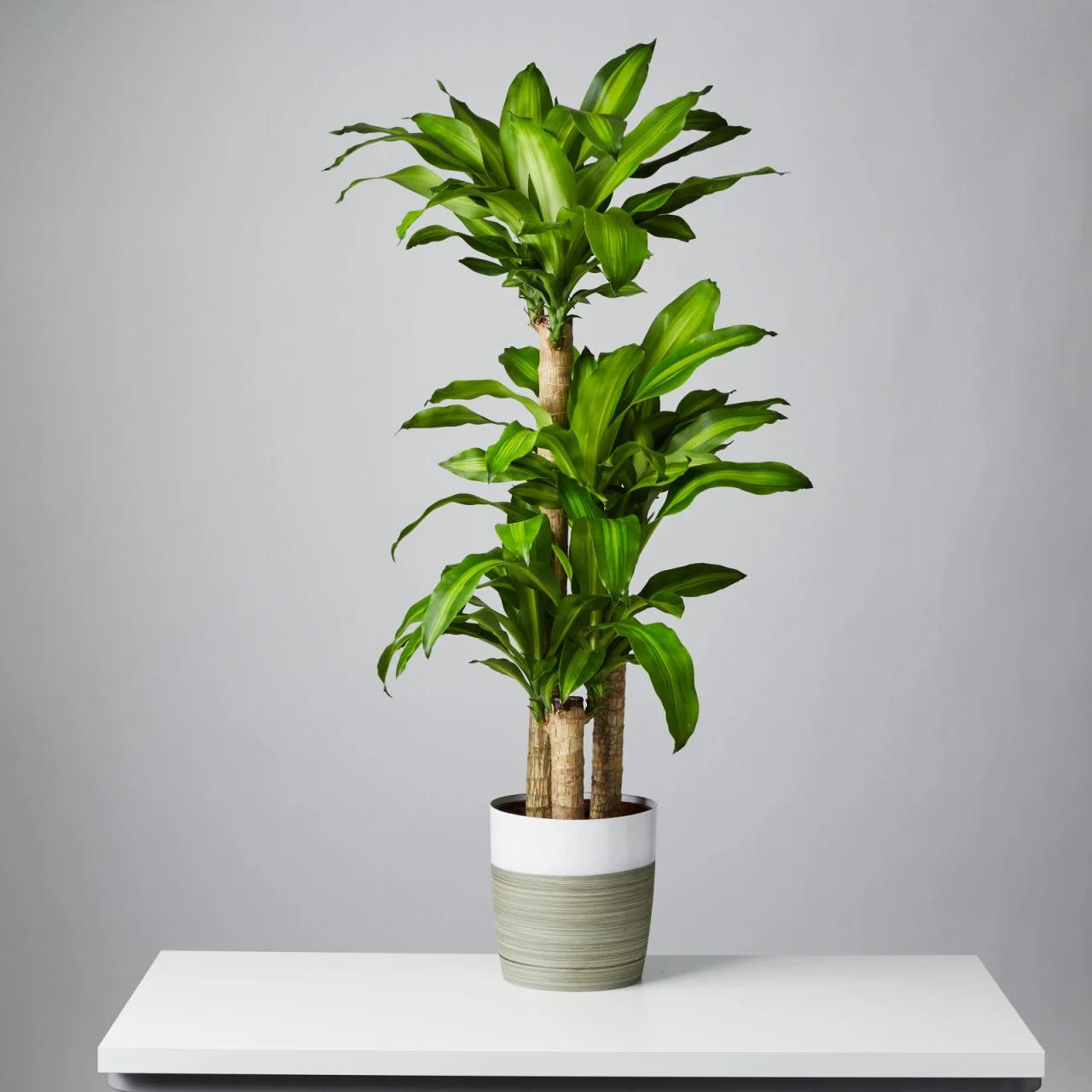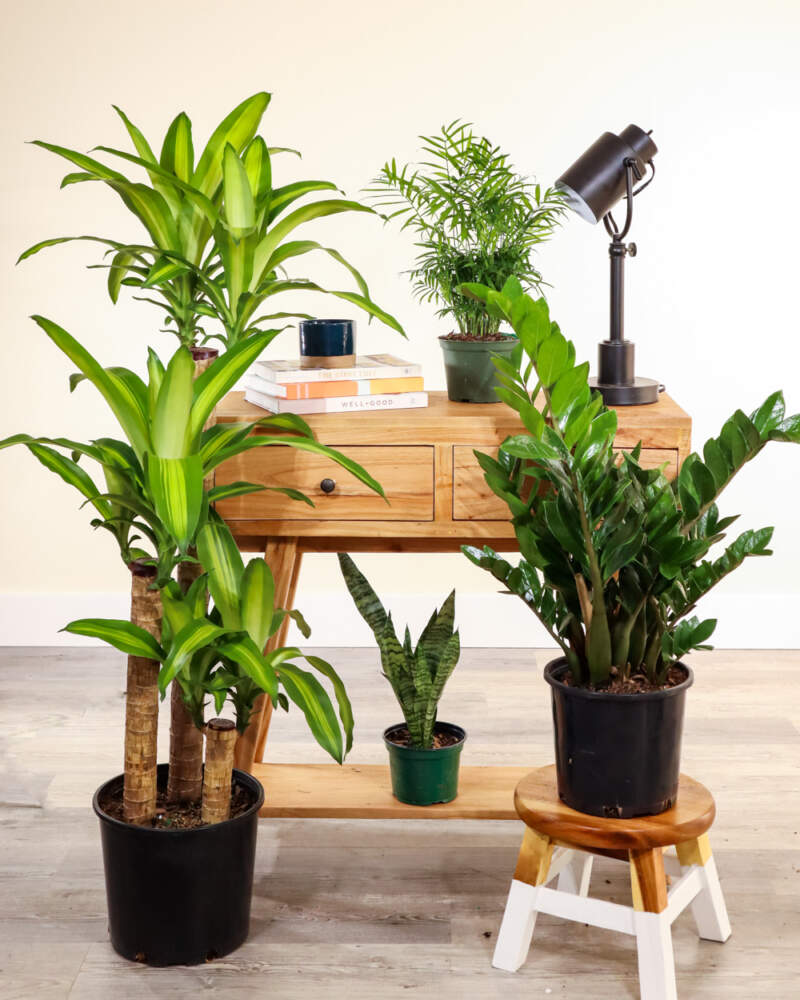Transform Your Home With Beautiful Low-Light Indoor Plants and Their Advantages
Including low-light interior plants right into your home can dramatically boost both the visual and environmental high quality of your home. These plants, which thrive in dark problems, offer not just as decorative components but likewise as natural air cleansers, making them optimal for metropolitan residents or those with limited sunlight exposure. As we check out the various types of low-light plants and their advantages, you might discover unexpected ways to integrate them into your home that can change your surroundings in ways you could not have actually anticipated.
Benefits of Low-Light Plants
Low-light plants supply many advantages for indoor environments, making them an outstanding option for both amateur and experienced garden enthusiasts. One of the main benefits is their flexibility to low-light problems, allowing individuals to enhance their space without the need for extensive sunshine direct exposure. This characteristic makes them perfect for apartments, workplaces, and various other locations with minimal all-natural light.

Moreover, incorporating low-light plants into home decoration can raise the visual allure of a space. Their lavish vegetation and varied appearances create a soothing ambience, adding to general wellness. Lastly, the visibility of greenery has actually been connected to minimized stress and anxiety degrees and boosted performance, making low-light plants a useful selection for enhancing both mental and physical health in indoor settings.
Top Low-Light Indoor Plants
While numerous interior plants prosper in bright light, a number of types are especially well-suited for low-light problems, making them suitable for various indoor spaces. One popular option is the Snake Plant (Sansevieria), recognized for its striking upright fallen leaves and durability, requiring very little treatment. An additional outstanding option is the Pothos (Epipremnum aureum), which includes heart-shaped fallen leaves and can route beautifully from shelves or hangers, thriving in low light and adding a lush touch.
The ZZ Plant (Zamioculcas zamiifolia) is commemorated for its shiny leaves and capacity to endure overlook, making it perfect for hectic way of livings. The Peace Lily (Spathiphyllum) not just endures reduced light but additionally creates sensational white blossoms, enhancing any space's aesthetic.
For a special touch, take into consideration the Cast Iron Plant (Aspidistra elatior), which certainly meets its name, thriving in the darkest edges of your home. Finally, the Chinese Evergreen (Aglaonema) offers a variety of fallen leave patterns and shades while being incredibly flexible in low-light conditions. These plants not just enhance indoor environments however also add to air purification, improving your living space.
Care Tips for Low-Light Plants

Watering techniques are vital; these plants typically favor a little completely dry conditions. Overwatering can cause root rot, so make sure that the top inch of soil is completely dry before sprinkling once again. Usage pots with drainage openings to enable excess wetness to run away.
Moisture is an additional vital element. Numerous low-light plants, such as ferns and tranquility lilies, take advantage of greater humidity levels. To enhance moisture, take into consideration misting the leaves or putting a tray of water near the plants.
Fertilizing ought to be come close to with caution. Throughout the expanding period, make use of a diluted, well balanced fluid plant food every month to sustain growth, yet stay clear of feeding during the dormant winter season.

Imaginative Ways to Present Plants
Interior plants can act as fascinating focal factors in any kind of space, boosting both visual appeal and setting. Imaginative screens can raise Going Here the visual effect of low-light plants, making them an indispensable part of your home style. One reliable approach is to utilize tiered plant stands, which permit you to display several plants at differing elevations while maximizing floor area.
Hanging planters are another innovative option, creating a sense of depth and drawing the eye up. Take into consideration macramé wall mounts or wall-mounted shelves to present a special structure and style.
For a more organized approach, use geometric terrariums or glass containers to house your plants, including a modern touch to your indoor garden. You can also repurpose vintage items, such as teacups or wooden cages, for an eclectic display that reflects your character.
Enhancing Home Atmosphere With Plants
Incorporating low-light plants into your home not only boosts aesthetic appeal however likewise contributes dramatically to the total setting. These plants act as natural decoration elements, presenting a feeling of serenity that can transform any kind of room. The existence of greenery cultivates a soothing ambience, which is particularly useful in high-stress environments such as office or living areas.
Low-light plants, such as serpent plants, pothos, and ZZ plants, are not just cosmetically pleasing yet additionally enhance indoor air high quality by filtering toxins. This dual feature boosts the ambiance even more, developing a healthier living area (Best low-light indoor plants). The strategic placement of these plants can additionally influence the understanding of space; for instance, high plants can draw the eye upward, making ceilings appear greater and rooms a lot more roomy
In addition, varying appearances and shades of foliage add deepness to interior design, allowing for innovative expression in home designing. Whether positioned on racks, in edges, or as focal points, low-light plants can raise the mood of any area. In recap, integrating these plants into your home is a reliable means to foster a cozy, welcoming atmosphere while enjoying the benefits of improved air quality and visual versatility.
Conclusion
Including low-light indoor plants right into home settings offers many advantages, including enhanced visual allure and improved air high quality. These resilient plants, such as the Snake Plant and Tranquility Lily, need minimal light and upkeep, making them appropriate for varied lifestyles.
While many interior plants grow in bright light, several types are especially well-suited for low-light conditions, making them suitable for different indoor rooms. One reliable approach is to utilize tiered plant stands, which enable you to display several plants at differing heights while making best use of flooring space.
Low-light plants, such as snake plants, pothos, and ZZ plants, investigate this site are not just visually pleasing yet additionally enhance indoor air quality by filtering system toxins. Best low-light indoor plants. The tactical positioning of these plants can also influence the understanding of space; for circumstances, high plants can attract the eye upwards, making ceilings appear higher and areas much more sizable
These resistant plants, such as the Serpent Plant and Peace Lily, call Source for marginal light and maintenance, making them appropriate for diverse way of livings.